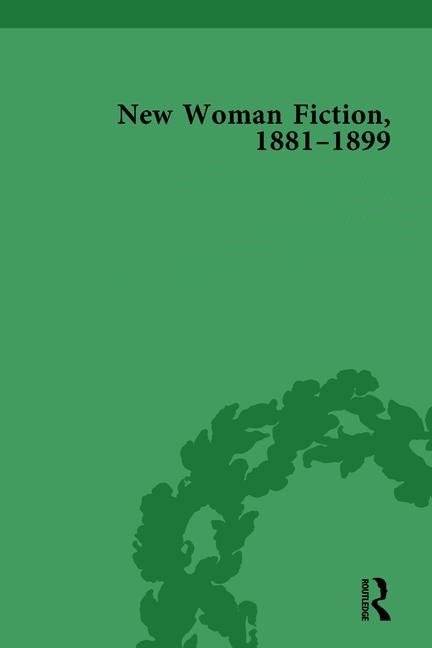Access to the full content is only available to members of institutions that have purchased access. If you belong to such an institution, please log in or find out more about how to order.
Loading content
We were unable to load the content

New Woman Fiction, 1881-1899
- Edited by
- Carolyn W. de la L. Oulton
- Published: 1 May 2011
- DOI: 10.4324/9781851966431
- Set ISBN: 9781851966431
The late nineteenth century saw the emergence of New Woman fiction, a genre of writing which sought to challenge traditional Victorian conceptions of the role of women and promote their independence, education and political participation. This collection brings together important examples of New Woman fiction, each of which helped to crystallise the idea of the New Woman – as an educated, politically aware and independent individual - during the early years of the suffragette movement. The book will be of interest to students of the suffragette movement, as well as to those interested in the history of feminism more generally.
Set Contents
It was Ouida, of course, who invented the collocation ‘the New Woman’. Formulated in an article that appeared three years before her final completed novel, The Massarenes (1897), was published, the phrase encapsulated a highly topical media and social phenomenon. The article was ostensibly a response to a piece by Sarah Grand that had appeared in the same magazine a few months previously, ‘The New Aspect of the Woman Question’, but, as the general introduction to this series shows, the idea if not the name of the ‘New Woman’ had been coalescing for some time. While an enormous amount has been written on the ‘New Woman’ as both fictional construct and figure in everyday life, what Ouida’s version of the ‘New Woman’ was remains less clear than it might.
On 6 August 1895, an anonymous correspondent to the Daily Chronicle wrote that, following the imprisonment of Oscar Wilde, ‘we have seen The Yellow Book turn grey in a single night’. Panicked by Wilde’s downfall, the publisher John Lane removed Aubrey Beardsley, whose illustrations had characterized the journal’s decadence, from his editorial role and then, two years later, ended his ‘Keynotes’ new fiction series. He had already, allegedly, attempted to censor the work of the writer whose first short story collection had inspired the series: George Egerton (Mary Chavelita Dunne). By 1898, Lane and Egerton had parted company so that her only novel, The Wheel of God, was to appear with Grant Richards, another Lane protégé.
This introduction necessarily refers to details of the plot of the novel and first-time readers may therefore prefer to read it afterwards.
After Mary Cholmondeley’s death in 1925, her friend and first biographer Percy Lubbock recalled with glee a story of her hosting a meeting of literary ladies, all of whom had trooped in with compliments on Red Pottage. Responding with a standard ‘Thanks, thanks, I’m so glad you liked it’, Cholmondeley was suddenly confronted by an irate woman crying ‘But I didn’t like it at all. I thought it an abominable book!’ By the spring of 1900 she had received a number of abusive letters, as well as many congratulations.